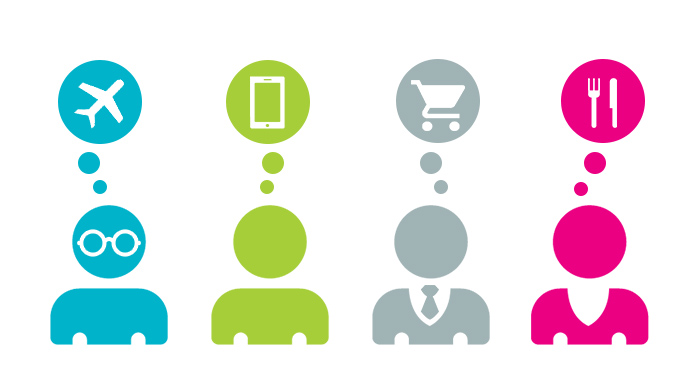Personalization – why it is important and how can you use it?
The following scenario is probably familiar to most of you: you turn on the TV, start flipping through the channels, thinking about which series you want to watch – when all you really want is a personalized recommendation (Hi Netflix, thanks for coming!).
Know the feeling? Well, this is where personalization kicks it, which turns the distribution of messages into a more targeted, personal, and accurate concept. And of course, in these days of endless variety, personalization becomes a relevant tool, perhaps necessary, to ease the struggle of choosing, knowing what to focus on and what to ignore.
What is personalization?
Basically, personalization is creating messages tailored for each user. It is carried out using correct segmentation.
It is designed to improve the user experience, enhance the sense of individuality, and is based on personal details collected about the users, such as name, date of joining to the service, or interests.
Personalization can operate in two main ways: the first, through a personal inquiry (for example, when using the contact’s name in the subject line), and the second, based on a personal suggestion of content (for example, mailing dynamic content presented only to those for whom it is relevant).
In recent years, personalization has become a basic tool that is crucial to achieving success in content distribution. How crucial? TWIILIO SEGMENT 2022 published a study revealing that almost half of the consumers who participated (49% to be exact) indicated that they would become regular customers of a brand that offered them a personal purchasing experience. In other words – personalization is the element that will increase the chance of users opening emails sent to them.

Personalization – so how can you do it right?
Convinced already? Great. Here’s how you can use the information you have about your contacts in order to create a great personal experience:
Personal email
Using simple information such as a first name creates a personal and direct contact experience with you. There is no doubt that it is nicer to open an email that states our name in the subject line, rather than a generic inquiry.
For example, the cosmetics and make-up company Sephora’s website makes sure to send its customers emails that include their names both in the subject line and in the email itself. This way, they tell them about promotions, benefits, and new products, creating a much more direct and intimate experience for their customers.
Reference to place of residence
You will be surprised to find out how effective referring to the city of residence can be. You can send relevant information to users who live in a certain area and even specify the name of the place in the email itself.
An example of this is the e-commerce site Nordstrom, which recognizes the location of its users, and this way it knows to offer certain products according to the weather in each location – winter clothes for areas where it is cold, and summer clothes for warm areas.
Dates
Birthdays, anniversaries, and service subscription dates can all upgrade the user experience. For example, sending an email wishing happy birthday accompanied by a unique discount code.
One of our favorite examples is that of Spotify. Apart from the fact that it is a company based entirely on personalization supporting algorithms, it makes sure to send a personalized email to each user at the end of each calendar year, containing a musical summary of the music they listened to that year. This great personal touch demonstrating a wonderful way to create a personal and unique experience for each user, which is then likely to encourage them to continue using the company’s music services.
Previous information
Did a customer purchase a certain item from you recently? Were they interested in a specific topic? Sending an email following that purchase will create a sequence that continues the positive and personal experience. For example, if a customer purchased running shoes, an email suggesting that they purchase a complementary product, such as a heart rate monitor, may be particularly relevant to them.
Another example is the company Fiverr, which uses information based on the searches of its users, and sends them emails offering options of additional and diverse service providers in the same field. The result: creating content that is perfectly tailored to the personal needs of each user. So simple and accurate.
In the end, the role of personalization is to be based on the needs and details of the users, to create an accurate, personal and unique experience. And if you ask us, it’s a simple move that manages to produce the best for both you and for your users.
